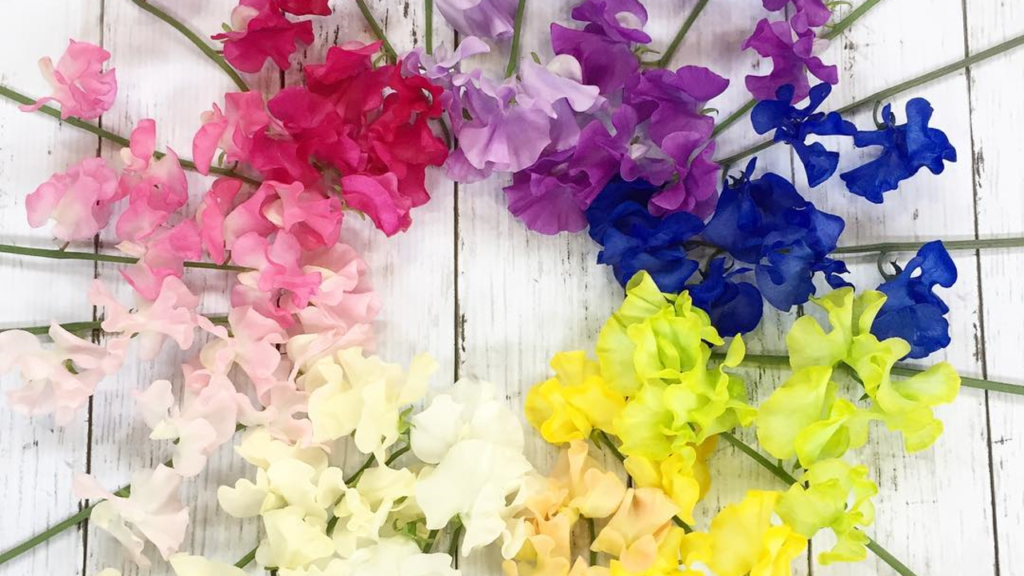
Sweet pea, Lathyrus odoratus, one of the legume family is a tendrils-climbing plant. Growers make it bloom beautifully and vertically straight. They make a lot of effort for the work, because it is an annual plants and naturally blooms in spring with twisting vines. This time, we will tell you about the cultivation of sweet pea.
Sweet pea has been cultivate in Japan for a long time since Meiji era(1868-1912) originally as an ornamental plant. Then, commercial cultivation of cut flowers began in the middle of the Taisho era(1912-1926). Around this time, Mr. Ishijiro Araki established the foundation of cultivation technique for sweet pea at Tamagawa glasshouse floriculture complex in Setagaya-ku, Tokyo.
How to grow sweet pea
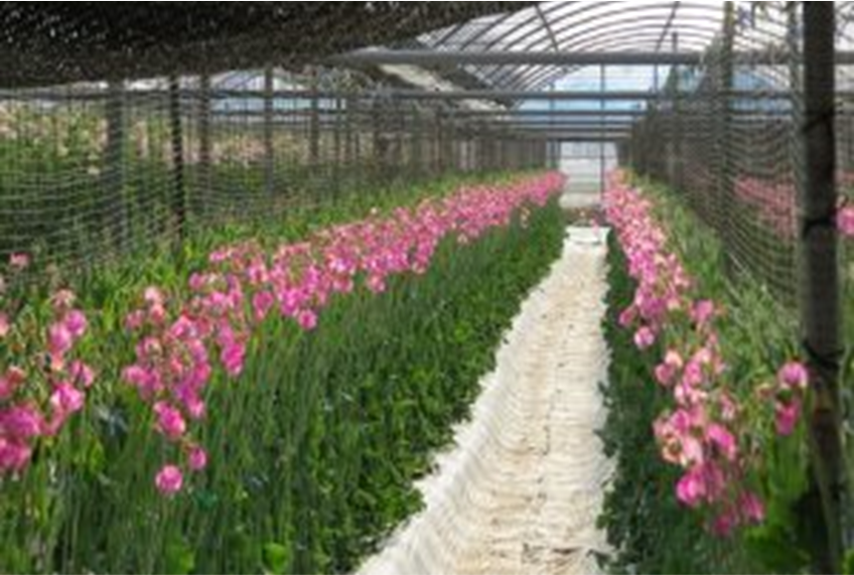
Cultivation of sweet pea starts from raising seedlings. Seeds are taken care at low temperatures after soaked in warm water to promote germination. By adjusting this storage period, it is possible to shift the harvesting period from the beginning of winter. Planting will be carried out from late August to early September.
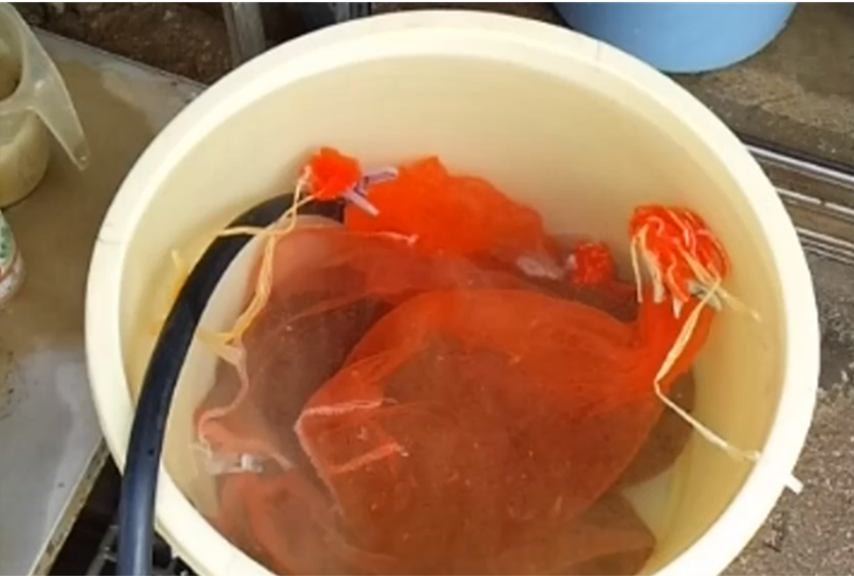
After planting, flower buds appear from the 10th nodes, but it is necessary to make the stock strong for long-term harvesting. By picking those early flower buds until it grows with the 14th nodes or more. It becomes possible to harvest about 20 stems from one strong stock.
Under the summer sun, the vine grows quickly to a height out of our reach with stems bent and vines twisted, when growers do not take enough care. To avoid that, growers lower each stem to a height of easy work for them and fix it to a net or pole. (Therefore, you couldn’t find slightly bent stems when this work is just done.)
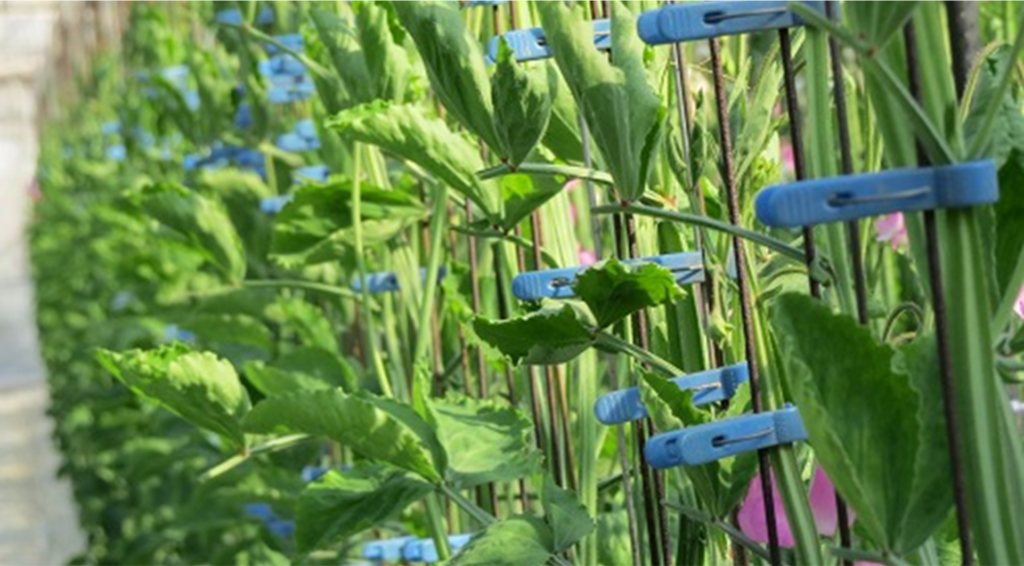
In addition, the cultivation of sweet pea needs careful control of the amount of solar radiation and temperature. Since it is native to Sicily, Italy, the optimum temperature for growth is 15 degrees C, and the limit temperature of wilting is -3 degrees C. And it needs more than a few hours of sunshine consecutively a day. So, if the amount of solar radiation is insufficient or the temperature is too low, all buds could fall at once, and that could cause a sharp decrease in yield.
Furthermore, the stem shape changes depending on the amount of water absorbed. If growers supply too much water to the stock, the stem would grow faster, but it would become thinner and softer, and that could lead to a weak stem which can be bent easily, the internodes could be expanded, and flowers could be scattered on sight.
Thus, sweet pea id cultivated with a lot of work and careful management. So what is evaluated as “good quality”? Please let me tell you the tips to distinguish it.
- The stem is solid
- The internodes are clogged
- Large flowers and strong scent
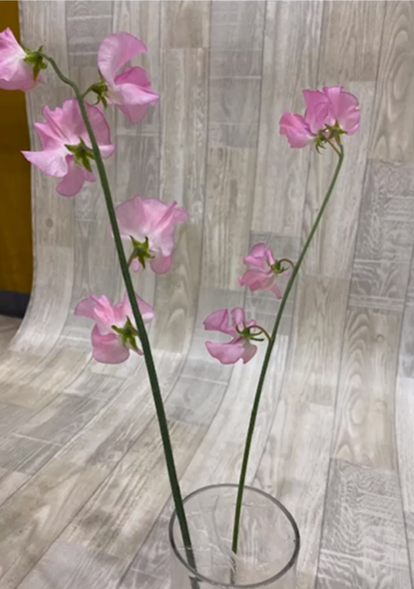
To keep the vase life
Sweet pea is vulnerable to high temperatures and high humidity. Please note that in a hot and humid environment, Botrytis may increase and flowers may have dark spots or may fall off easily.
Edited by Y.Fuchu
